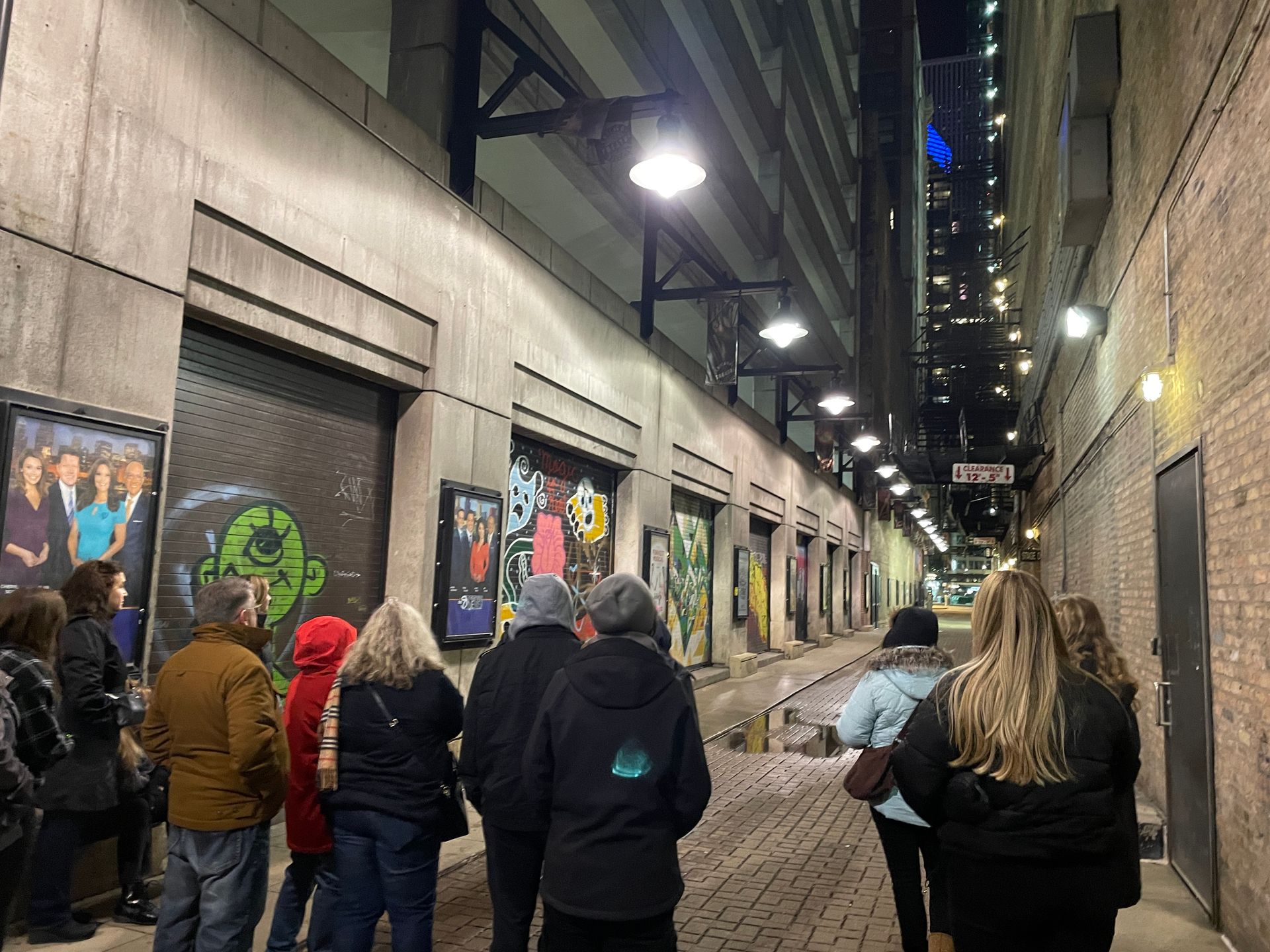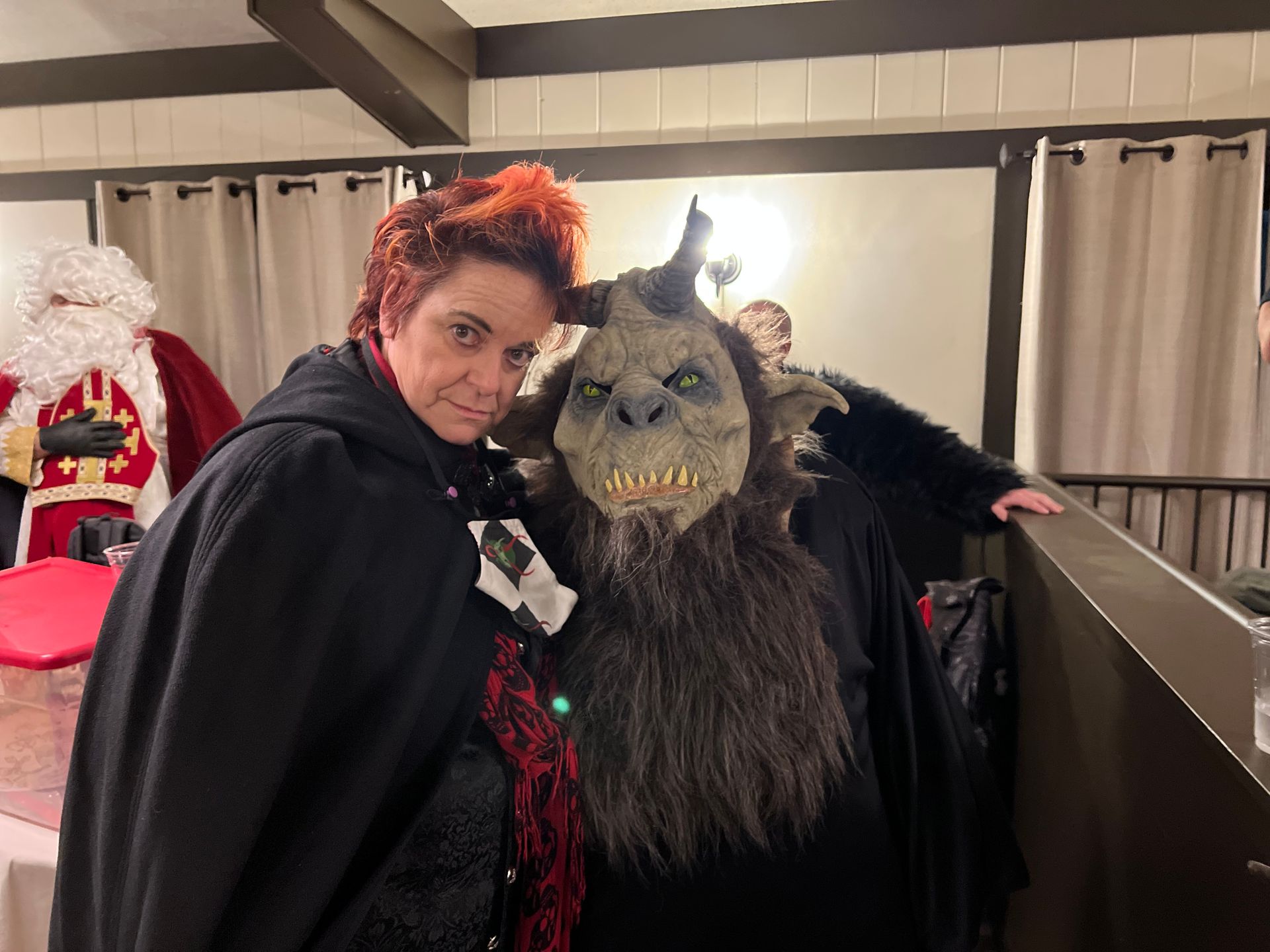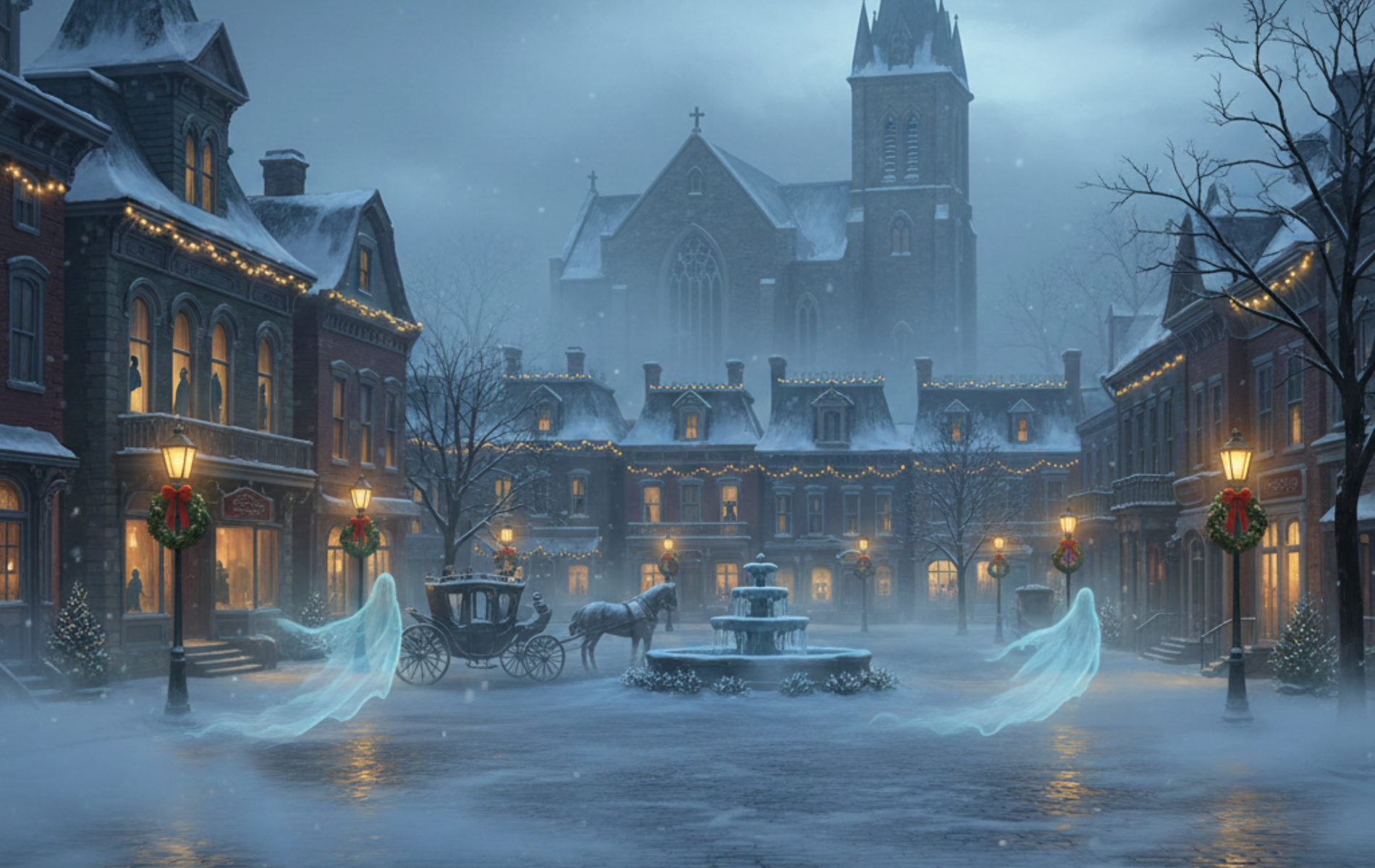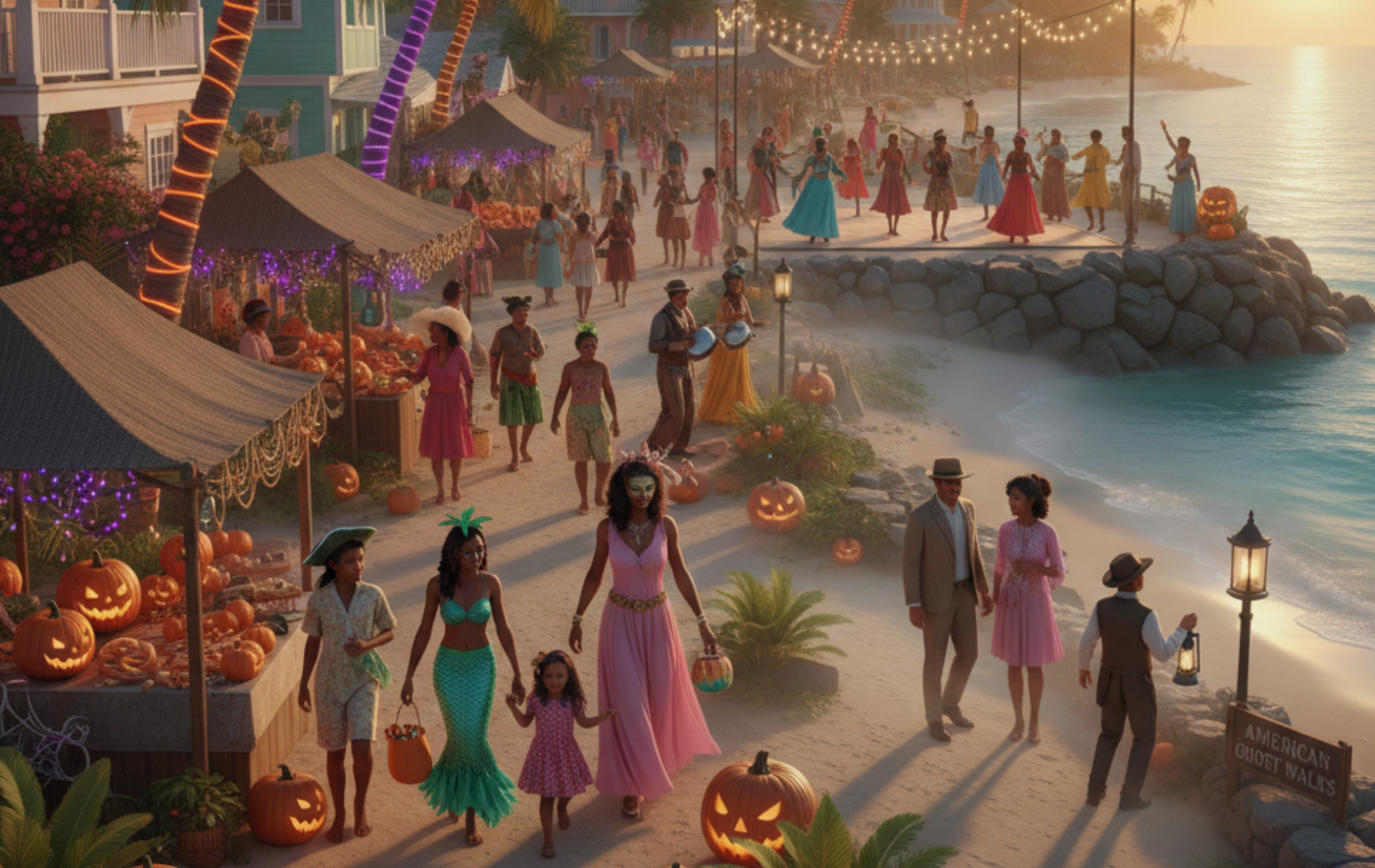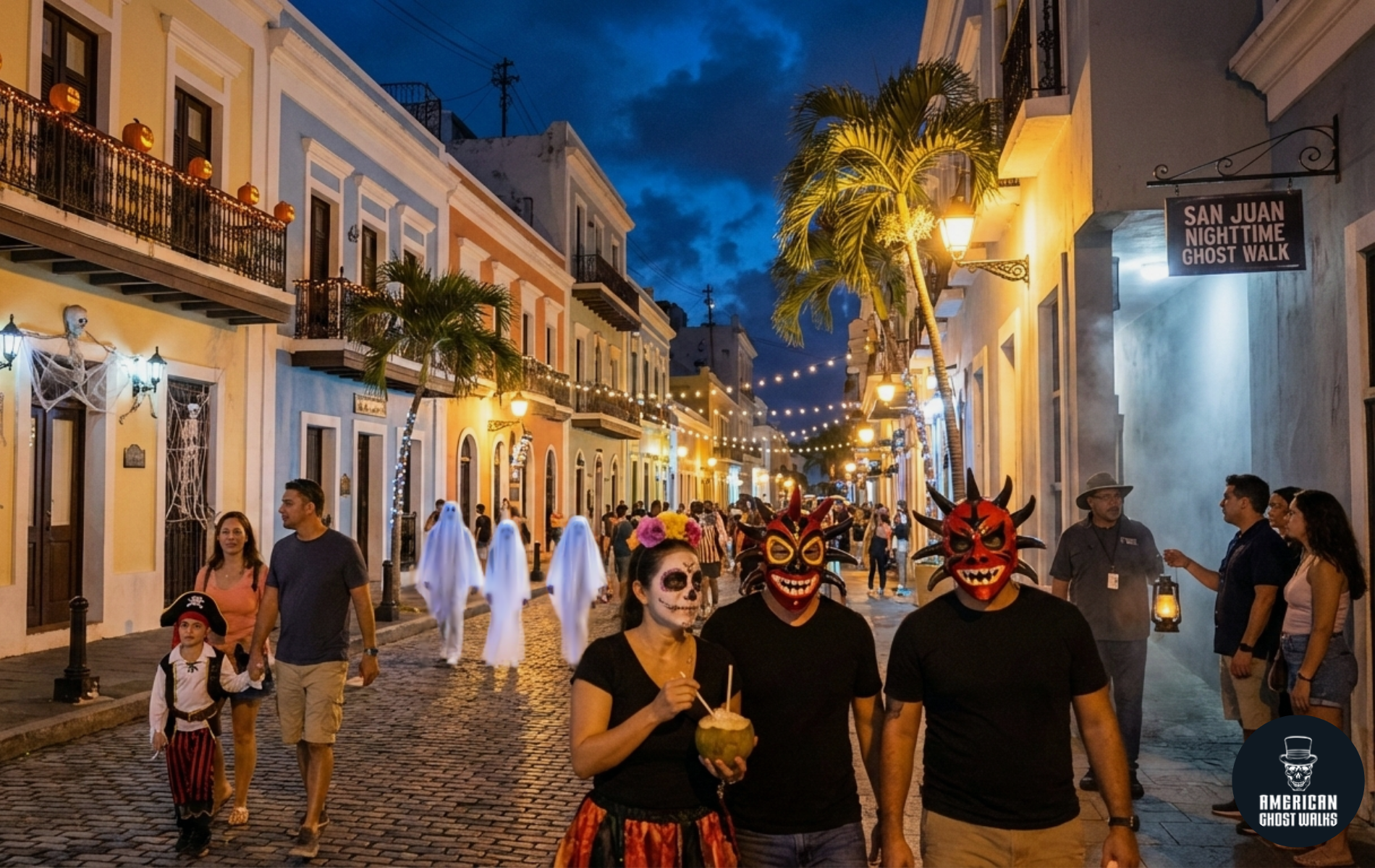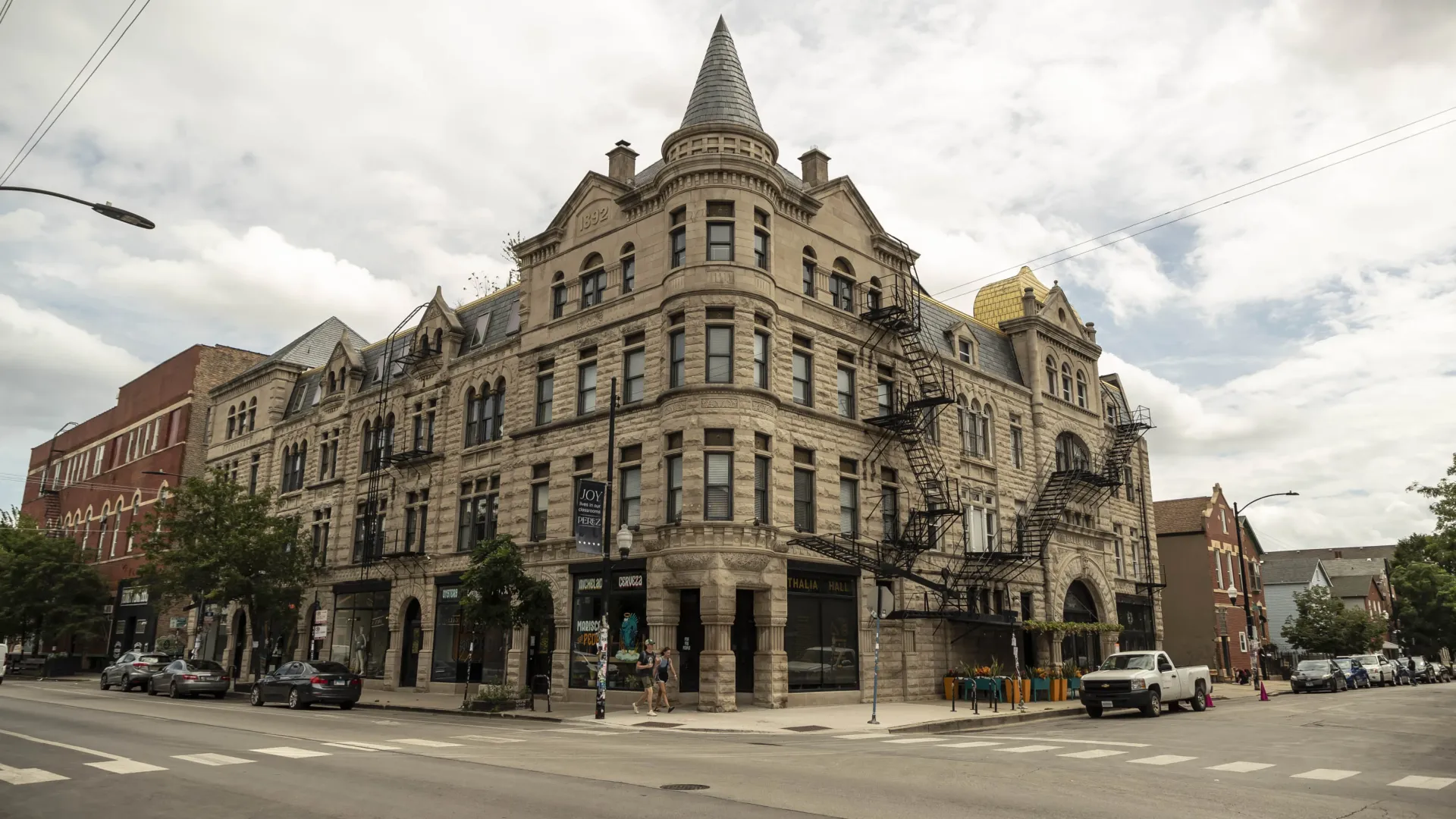The Haunted History of Hull House Chicago & the Devil Baby
Ghost stories are scary, but what about monsters? Or the most monstrous being of all, the Devil? People once worried more about the Devil and his possible intrusions in their everyday lives. From this psychological terrain, grew
terrifying tales of the ultimate invasion, the horror of a monstrous birth engineered by Satan himself in the safety of America’s Heartland.
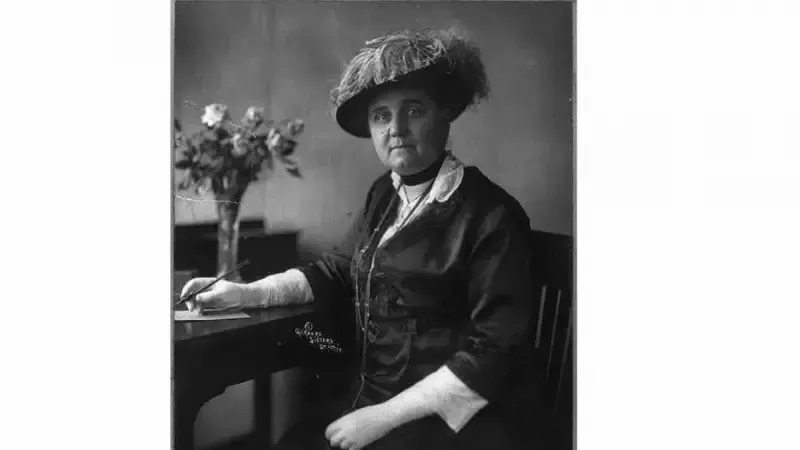
History of Jane Addams & Hull House
The famous Hull House was founded in 1889 in Chicago by two upper class women named Jane Addams and Ellen Gates Starr. Jane Addams, one of the most influential women in American History, was one of the first social workers in the United States, and the first American woman to win the Nobel Peace Prize.
It was at Hull House in a Westside neighborhood of Chicago populated by poor immigrants and factory workers where Addams thought she could do the most good.
Through this community center, Addams established programs to provide basic health care, offer daycare for children, and teach English, as well as provide enrichment opportunities in the fine arts. Hull House also became the headquarters for progressive social change in Chicago. It was a safe place where union organizers would meet, and a refuge, where you could go if you needed help, but didn’t have any money.
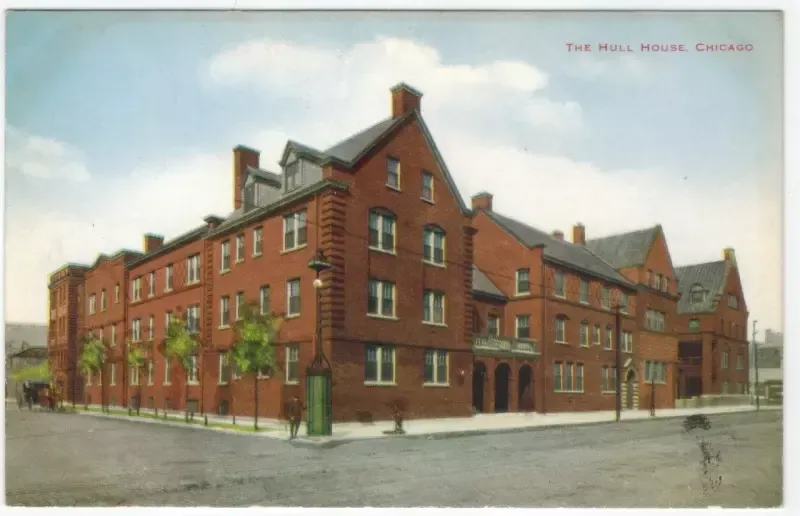
The Origins of the Physical Hull House Building
The house itself was originally built in 1856 for Charles Hull and his wife Millicent Hull. Millicent died of an illness in her bedroom in the home in 1860. Later Charles and Millicent’s adult daughter began renting the rooms in the home as apartments. She gladly rented the place to Jane in 1889. When Jane and Ellen moved in there were already some pre-existing tenants in the building. They told Jane of a white lady, the ghost of Millicent Hull, who would wander the halls at night.
To protect themselves they would set out buckets of water on the stairway to the attic, which they were renting. Jane deduced that by placing the water in front of their attic apartment door they thought they could prevent the ghost from entering because of the old superstition that evil spirits cannot cross running water.
Jane was skeptical but fascinated by such folklore. Jane actually wrote about collecting fairy stories among the Irish in Chicago with the intention of sending them to W.B. Yeats, a famous poet, and collector of fairy lore.
The Devil Baby at Hull House
Yet Jane was not ready for the sheer power of superstition when it came knocking on a spring morning in 1913. On the doorstep were six Italian women who had come from several blocks away, demanding to see what they called the Devil Baby. According to these women, a devil baby had been born the night before to a poor young immigrant girl with a horrible husband.
Jane later found that there were many versions of the story. The story varied by the ethnic group. In the Italian version, a Catholic girl married an atheist who cursed her when she put up a religious painting, proclaiming that he would rather have a devil in the house than any Catholic icon hanging on the wall.
In the Jewish version, the husband proclaims that if she cannot finally give him a son, he’d rather his wife give birth to a devil than another daughter.
Commonalities Between Devil Baby Stories
Stories of “devil children” or “devil kids” were nothing new. Very similar to the notorious Jersey Devil story , which had blazed across headlines in 1909, just a few years prior, they featured the birth of a horrid hell beast born to punish the living. Many other such tales also peppered headlines across the country in the late 19th and early 20th centuries.
One thing all versions of Chicago’s Devil Baby have in common is a husband behaving badly. Another common thread is the concept of paranormal punishment, a monstrous birth to torture and mock the parents replaces the miracle of a healthy baby. The Devil Baby was described with various deformities: horns, pointed ears, a furry body, and a long, forked tail.
According to Jane, there was never any devil baby, or even a baby born with deformities at Hull House. But that didn’t stop thousands of people, mostly women, from visiting and even offering to pay hard-earned money to see the Devil Baby.
Recognizing the callers’ tremendous hunger for a glimpse of some supernatural retribution to give meaning to the grind of their daily struggle, Jane wondered if it was even right to tell them the truth.
Jane wrote extensively about this moral dilemma in the book The Long Road of Women’s Memory , The Atlantic , and American Journal of Sociology . When Jane recognized how the tale with its theme of cosmic justice appealed to the disadvantaged masses, she struggled to break the news that there was no devil baby.
It was especially hard when she had to divulge this at the bedside of a decrepit, old woman with only months to live. Addams watched the light leave her friend’s hopeful eyes and the old woman’s former downtrodden demeanor return. The truth did not set Addam’s friend free, only resigning her to the harsh realities of life, where vice goes unpunished and virtue unrewarded.
Peeking Through the Windows of the Old Settlement House
After six weeks the Devil Baby hysteria died down and things returned to normal. Hull House’s community center grew into a complex of 13 buildings. Two of these buildings are known to be haunted today — Hull House and the former residence dining hall next door.
Workers and visitors to Hull House, the original Settlement House, now a museum, often feel a presence in Jane Addams bedroom, incidentally the same bedroom where the previous resident Millicent Hull died. One staff member even admits to walking into the room and greeting the spirits of the house every morning when she arrives.
Other museum workers have heard footsteps throughout the house or heard their names being called when no one else is there. In the library, books often fall off the shelves. On one tour, a staff member even reported that a book actually flew out of the bookshelf in front of a room of people. On another tour, an employee and his tour group saw a chair slide out from under a desk and fall over.
In the residence hall dining room building next door, which still serves as offices and common area for staff, employees also experience paranormal activity. Two employees in different parts of the building both clearly heard a woman talking downstairs though no other living soul was present. Doors often slam inexplicably, especially in the kitchen.
One employee was actually locked in the kitchen on three separate occasions, by a door, which shuts and locks on its own. An invisible presence has been heard rifling through the butler’s pantry. A visiting artist also captured some weird photos of shadows and unexplained lights in the building. According to employees, a few of the ghostly stories told by visitors to Hull House have mundane explanations.
Most of the ghostly photos of Hull House feature the downstairs windows. The strange figures which seem to appear in these photos are nothing more than greasing smudges on the windows caused by other ghost hunters pressing their faces against the glass. Sometimes every single window is smeared with face prints.
Other unsubstantiated reports include ghost children seen on Hull House’s second floor or in the courtyard. A 6-foot monk has also purportedly been seen in the courtyard where some claim a portal to the next world exists. Popular accounts also include ghostly footsteps heard and mysterious orbs of light seen on the staircase leading to the second floor. Claims that some have glimpsed the evil little face of the Devil Baby peering out of the upstairs window still persist, which just goes to show, at least, rumors never die.
Devil Baby as a Legend & Pop Culture Inspiration
The devil baby tales were once popular urban legends. A cursory newspaper search reveals innumerable articles from coast to coast with many interesting variations. In Minnesota and Arkansas women were so cursed because they dared turn away bible salesmen, but in New Jersey, the hapless mother similarly dismissed a gypsy peddler.
Sometimes mothers were doomed by cross words uttered over the birth of yet another mouth to feed. As in the Chicago Devil Baby versions, one of the principal characters utters some variation of the fateful phrase, “I’d rather have a devil than …” In all of these cases, the lesson learned is that you should never play Would You Rather? with the Devil.
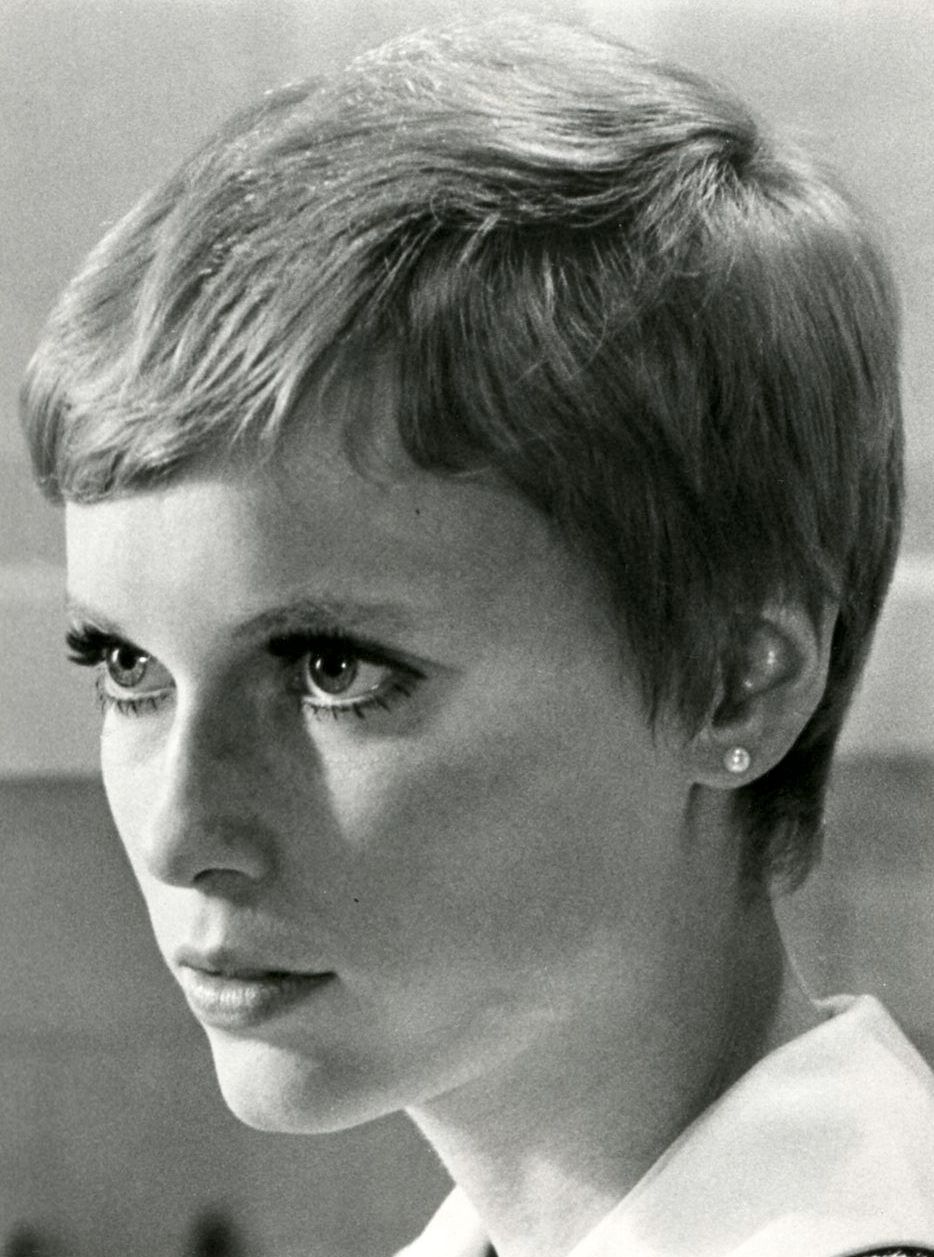
According to author and former Chicago Hauntings tour guide, Adam Selzer, who literally wrote the book on Devil Babies , these stories may have originated in 1888, with an article about a devil child born in a Polish neighborhood just south of Cleveland, Ohio. The story later proved to be an April Fool’s Day hoax perpetrated by the Cleveland Plain Dealer , but that didn’t stop the deluge of other such stories from flooding newspaper headlines all over the country.
Jane Addams, however, considered such tales to be vestiges of much earlier fables reminiscent of the morality plays from the Medieval period. These types of stories have since morphed in our modern pop culture. Although not directly inspired by this folklore, you can see similar evil child tropes played out in many iconic movies including Rosemary’s Baby and The Omen .
Although many of the heavy moral overtones of devil baby tales have vanished, the fear that the sacred innocence of our children could somehow be transformed into the ultimate evil still haunts us. Opportunities to visit the historic and haunted Hull House depart every weekend. One of the best ways to see it is The Original Chicago Haunting Tour . It’s your chance to peek in the windows for yourselves, and possibly experience a ghostly encounter, or at the very least leave your own face print on the glass.
Dive deeper into the mysterious world of hauntings with our curated collection of paranormal investigations and ghostly encounters. Read more stories like this in
“Ghosts of Lincoln Park: A Chicago Hauntings Companion” by Ursula Bielski, a book of downtown Chicago ghost stories written by our own American Ghost Walks team.
Step into the world of ghostly encounters with our curated collection of paranormal investigations. Read more stories like this in “The Original Chicago Hauntings Companion” by Ursula Bielski, a book of Chicago ghost stories written by our own American Ghost Walks team.
Are you fascinated by the supernatural and craving more spine-tingling tales? Whether you're a skeptic seeking evidence or a believer looking for your next supernatural fix; "American Ghost Books" offers everything from historical haunted locations to firsthand accounts of paranormal experiences. Each book has been carefully selected to provide authentic, well-researched stories that will keep you turning pages well into the night.
Start your ghostly adventure today! Join our ghost tours and see what others are saying—check out our Google Business Profile reviews!

